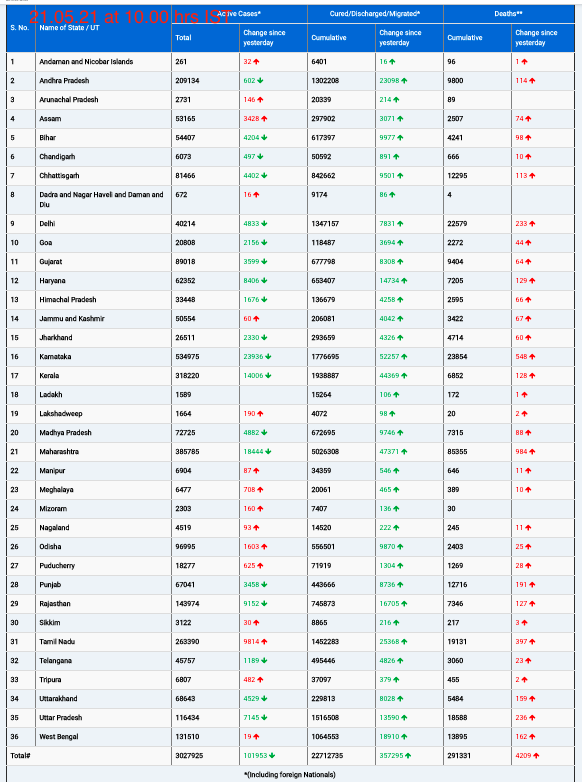 t
t
Researchers made important gains in 2023 in the fight against cardiovascular disease (CVD), according to the American Heart Association’s (AHA’s) annual list of key scientific developments in the field.
“Every year, we compile an overview of scientific research that advances our understanding of how to prevent, treat, and manage heart disease and stroke,” Mariell Jessup, MD, AHA chief science and medical officer, said in a news release.
“Whether the science points to new ways to treat long-known health conditions, disparities in care, or how to prevent some of our most pressing problems, such as high blood pressure, diabetes, or obesity, the findings help people, healthcare professionals, policymakers, and others make better informed healthcare decisions,” Jessup added.
Here’s a brief summary of some of the year’s most noteworthy developments, according to the AHA.
Novel Antihypertensive May Boost Medication Adherence
Fewer than 25% of adults being treated for hypertension keep their blood pressure (BP) within the target range, often due to low compliance with daily oral medication. Zilebesiran, an investigational, subcutaneously administered RNA interference therapeutic targeting angiotensinogen, has the potential to change that.
In the phase 2 KARDIA-1 study, a single injection of zilebesiran (Alnylam Pharmaceuticals) effectively lowered BP in adults with mild to moderate hypertension for up to 6 months, with an encouraging side-effect profile.
“Our study demonstrates that either quarterly or biannual doses of zilebesiran can effectively and safely lower blood pressure in patients with uncontrolled hypertension,” George Bakris, MD, University of Chicago Medicine, said in reporting the results at the AHA 2023 Scientific Sessions in November.
“To have an injectable medicine that gives long-term blood pressure lowering is extremely exciting,” added Sandra Taler, MD, Mayo Clinic, Rochester, Minnesota, during an AHA press briefing.
Thrombectomy Benefits Seen in Even the Most Severe Stroke Cases
Endovascular thrombectomy is a standard treatment of small or medium-sized strokes. But until recently, it wasn’t clear if this minimally invasive approach would also benefit people with larger, more severe strokes, which account for up to one quarter of all strokes.
The ANGEL-ASPECT trial and the SELECT 2 trial demonstrated clearly that early endovascular thrombectomy following large cerebral infarction was superior to standard medical care. Those who received endovascular thrombectomy experienced fewer disabilities and were more functionally independent during the 3 months after treatment, as reported by theheart.org | Medscape Cardiology.
The findings of both trials were presented in April at the International Stroke Conference 2023, with simultaneous publication in The New England Journal of Medicine.
A separate study published in The Lancet in October confirmed the benefit of endovascular thrombectomy for an acute ischemic stroke with a large infarct size.
Imaging Advances Help Guide Stent Placement in Complex CAD
Four studies published in 2023 highlight advances in imaging to guide stent placement in patients undergoing percutaneous coronary intervention (PCI) of more complex coronary lesions.
In the ILUMIEN IV study, optical coherence tomography (OCT)–guided PCI outperformed angiography-guided PCI in patients with diabetes or high-risk coronary lesions.
In the OCTOBER trial, OCT-guided PCI outperformed angiography-guided PCI in patients with complex coronary artery bifurcation lesions — plaque build-up in areas where arteries branch that are hard to see.
In the REVOVATE-COMPLEX-PCI trial, intravascular imaging–guided PCI led to a lower risk for a composite of death from cardiac causes, target vessel–related myocardial infarction (MI), or clinically driven target vessel revascularization than angiography-guided PCI.
In the OCTIVUS trial, OCT-guided and intravascular imaging–guided PCI both were equally safe and effective in patients with significant coronary artery lesions.
Earlier Anticoagulation Safe in Stroke With Atrial Fibrillation (AF)
In patients with an acute ischemic stroke with AF, European guidelines suggest starting direct-acting oral anticoagulant (DOAC) therapy 3 days after a minor stroke, 6 days after a moderate stroke, and 12 days after a severe stroke, while US guidelines suggest waiting more than 2 weeks in some high-risk patients.
The ELAN study published in June showed that starting DOAC treatment sooner (within 48 hours of a minor or moderate stroke and on days 6-7 following a major stroke) was not associated with an increased risk for intracranial hemorrhage and is probably better at reducing ischemic events.
Novel Diabetes Drugs in Obesity Without Diabetes
Multiple large trials have clearly shown that sodium-glucose cotransporter-2 inhibitors and glucagon-like peptide-1 receptor agonists can reduce CV events and improve CV health in patients with diabetes. A growing number of studies suggest that these drugs may also improve CV health in adults with obesity but without diabetes.
In the SELECT study of more than 17,000 overweight or obese adults with CVD but without diabetes, semaglutide was superior to placebo in reducing CV-related death, nonfatal MI, and nonfatal stroke.
In the STEP-HFpEF trial, adults with heart failure with preserved ejection fraction but without diabetes showed significant improvements in their heart failure–related symptoms and physical limitations, exercise function, and weight loss when treated semaglutide for 52 weeks compared with when treated with a placebo.
Social Determinants of Health (SDOH) Continue to Fuel Disparities in CVD Mortality
The AHA’s annual list also makes note of persistent disparities in CVD outcomes in the United States and the growing body of research highlighting how SDOH play a role in driving these disparities.
In a longitudinal analysis published earlier this year, researchers found that while county-level CVD mortality rates declined from 2009 through 2018, they remained higher in rural counties and in counties with a higher percentage of Black residents. Median income, food, and housing status consistently predicted higher CVD mortality.
A separate study showed that the likelihood of receiving bystander CPR for witnessed out-of-hospital cardiac arrest was lower for Black and Hispanic people than for White people.
More Evidence Links Healthy Eating to a Lower Risk for Premature Death
Findings from a large cohort study published earlier this year provide further support for the AHA’s Food is Medicine initiative, which encourages healthcare systems to help patients access and consume healthy foods based on scientific evidence that a healthy diet can help prevent, manage, and treat chronic illness.
The study team analyzed data for 75,230 women in the Nurses’ Health Study and 44,085 men in the Health Professionals Follow-Up Study. During up to 36 years of follow-up, greater adherence to various healthy eating patterns aligned with USDA dietary guidelines was consistently associated with a lower risk for total and cause-specific mortality across racial and ethnic groups.
Cardiovascular-Kidney-Metabolic Syndrome
Citing the strong overlap between heart disease, kidney disease, type 2 diabetes, and obesity, the AHA for the first time formally defined cardiovascular-kidney-metabolic (CKM) syndrome.
In October, the AHA issued a presidential advisory and scientific statement, which provides a synopsis of evidence for the science and clinical management of CKM.
In November, the AHA unveiled the PREVENT risk calculator — the first risk calculator that combines measures of CV, kidney, and metabolic health to estimate future CV risk.
“While CKM syndrome is a public health emergency, there is also great potential for improving CKM health in the population, with an increasing number of therapies that favorably impact metabolic risk factors, risk for adverse kidney events, or both, which also protect against CVD,” Chiadi Ndumele, MD, PhD, with Johns Hopkins University in Baltimore, Maryland, told theheart.org | Medscape Cardiology.
Less Invasive Treatment of Advanced Peripheral Arterial Disease (PAD)
Finally, new research supports an endovascular approach over vein bypass surgery to address chronic, limb-threatening ischemia, an advanced form of PAD.
In the BASIL-2 trial, patients who received vein bypass as the first approach were more likely to require a major amputation or to die during follow-up than those who received the endovascular approach as first strategy.
The BEST-CLI study compared bypass surgery to endovascular therapy in two groups of patients: One with a greater saphenous vein that was suitable for surgery and another group who needed an alternative type of bypass. The study showed that surgery resulted in fewer amputations and deaths among those with a greater saphenous vein. But there were no notable differences in results among the other groups.
The findings suggest the choice of intervention should be based on shared decision-making between the patient and their interventional cardiologists and vascular surgeons.










